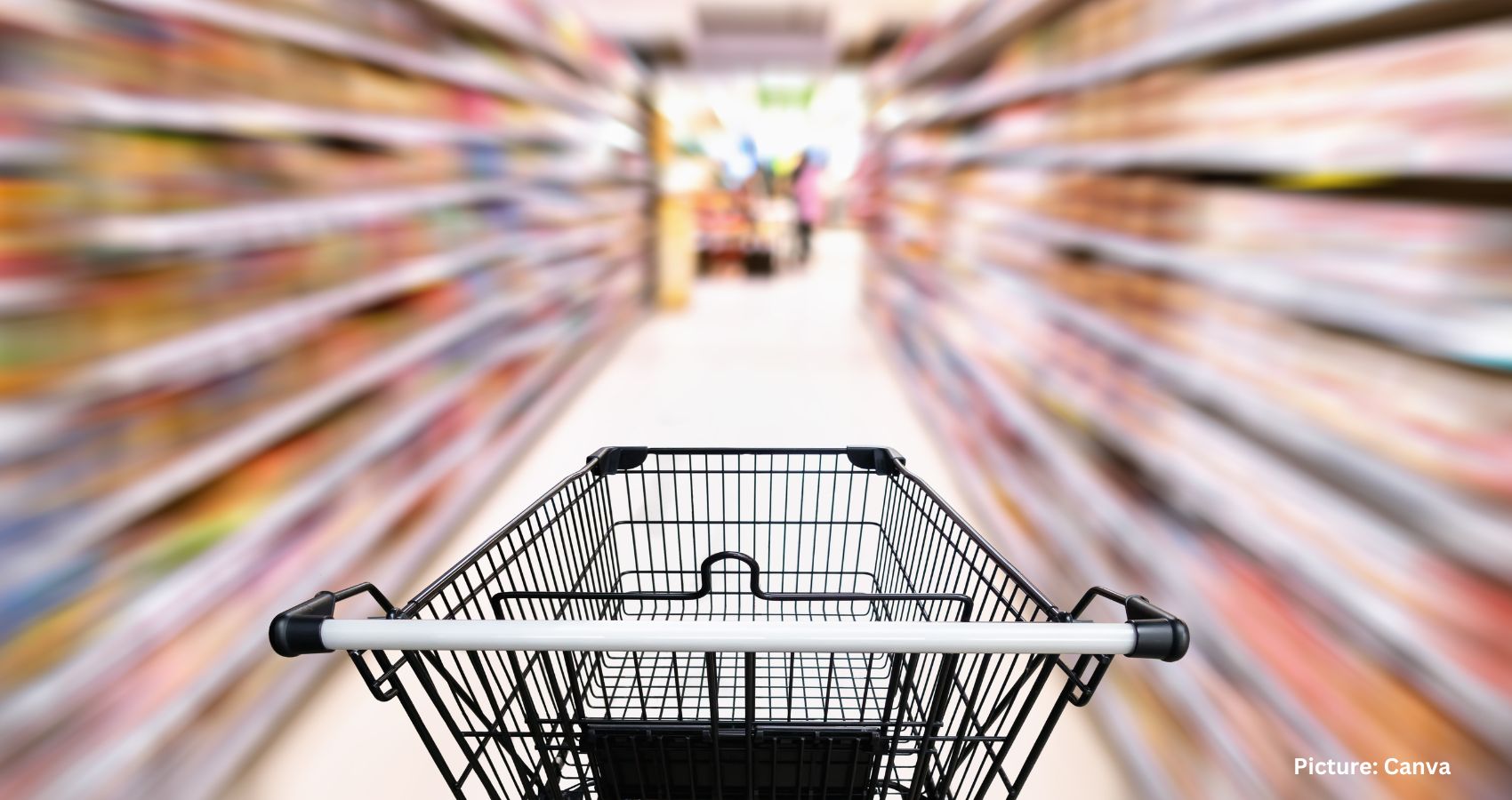India, with its 1.4 billion people, has a consumer base that is far smaller than its population size might suggest, according to a new report. While the country’s economy is expanding, approximately one billion Indians lack the financial means to spend on discretionary goods or services.
The report, released by venture capital firm Blume Ventures, estimates that India’s true consuming class, which represents the potential market for businesses and start-ups, is only about 130-140 million people—roughly the size of Mexico’s consumer base. An additional 300 million Indians fall into the “emerging” or “aspirant” category, meaning they are beginning to spend but remain cautious consumers. The rise of digital payments has made transactions easier, but their spending habits remain relatively restrained.
A key insight from the report is that India’s consumer market is not “widening” significantly; instead, it is “deepening.” In other words, while the number of wealthy individuals is not increasing dramatically, those who are already affluent are accumulating even greater wealth. This shift is reshaping consumption patterns in the country.
As a result, businesses are increasingly focusing on “premiumisation,” a trend in which brands prioritize high-end, expensive products for affluent consumers rather than expanding affordable options for the masses. This shift is visible in various sectors, including real estate, electronics, and entertainment.
Luxury housing sales have surged, while affordable homes now make up just 18% of India’s overall real estate market, down from 40% five years ago. The smartphone industry mirrors this trend, with premium models gaining popularity as lower-end variants struggle. Additionally, branded goods are capturing a larger share of the market.
The growing experience economy further reflects this shift, with high-priced tickets for concerts by international artists such as Coldplay and Ed Sheeran selling out quickly. These events highlight the willingness of India’s wealthier population to spend on premium experiences.
Companies that have adjusted to these changes have performed well, according to Sajith Pai, one of the authors of the report. “Those who are too focused at the mass end or have a product mix that doesn’t have exposure to the premium end have lost market share,” he told the BBC.
The report reinforces the view that India’s post-pandemic recovery has been “K-shaped,” meaning that while the rich have become wealthier, the purchasing power of the poor has declined.
This trend, however, predates the pandemic. Income inequality in India has widened over the decades. The top 10% of Indians now hold 57.7% of the national income, a significant jump from 34% in 1990. Meanwhile, the share of the bottom 50% has dropped from 22.2% to just 15%.
The latest slump in consumption is exacerbated by a combination of declining purchasing power, falling financial savings, and rising debt levels among the general population.
India’s central bank has also tightened its stance on unsecured lending, which had fueled post-pandemic demand. Many “emerging” consumers relied on such borrowing to finance their spending, and now that access to easy credit has been reduced, consumption patterns are expected to shift. “Turning off that tap will definitely have some impact on consumption,” Pai noted.
In the short term, two factors may help support spending. A record agricultural harvest is expected to boost rural demand, while a $12 billion tax relief package from the recent budget could provide some stimulus. While these measures may not lead to a dramatic turnaround, Pai estimates they could increase India’s GDP—largely driven by consumption—by over half a percentage point.
However, significant long-term challenges remain.
India’s middle class, historically a key driver of consumer demand, is under pressure. Data from Marcellus Investment Managers shows that wages have largely stagnated over the past decade.
“The middle 50% of India’s tax-paying population has seen its income stagnate in absolute terms over the past decade. This implies a halving of income in real terms [adjusted for inflation],” according to a Marcellus report published in January.
The report also highlights a concerning decline in savings. “This financial hammering has decimated the middle class’s savings—the RBI [Reserve Bank of India] has repeatedly highlighted that net financial savings of Indian households are approaching a 50-year low,” it notes. As a result, products and services traditionally associated with middle-class spending may face significant headwinds in the coming years.
Another challenge is the evolving job market. White-collar jobs in urban areas are becoming harder to find, partly due to automation and artificial intelligence replacing clerical and administrative roles. The Marcellus report points out that “the number of supervisors employed in manufacturing units [as a percentage of all employed] in India has gone down significantly.”
These concerns have also been acknowledged in the Indian government’s latest economic survey.
The survey warns that technological advancements could lead to significant labor displacement, particularly in India’s services-driven economy. Many IT sector jobs are in low value-added segments, making them vulnerable to automation.
“India is also a consumption-based economy, thus the fall in consumption that can result from the displacement of its workforce is bound to have macroeconomic implications,” the survey states.
It further cautions that if worst-case projections materialize, they could derail India’s long-term economic growth trajectory.
Ultimately, while India remains a high-potential market, its consumer landscape is evolving in ways that deepen economic divides. The concentration of wealth among a relatively small consuming class is shifting business strategies, favoring premium products and services while leaving the broader population with limited purchasing power. Whether economic policies and structural reforms can address these challenges remains to be seen.

